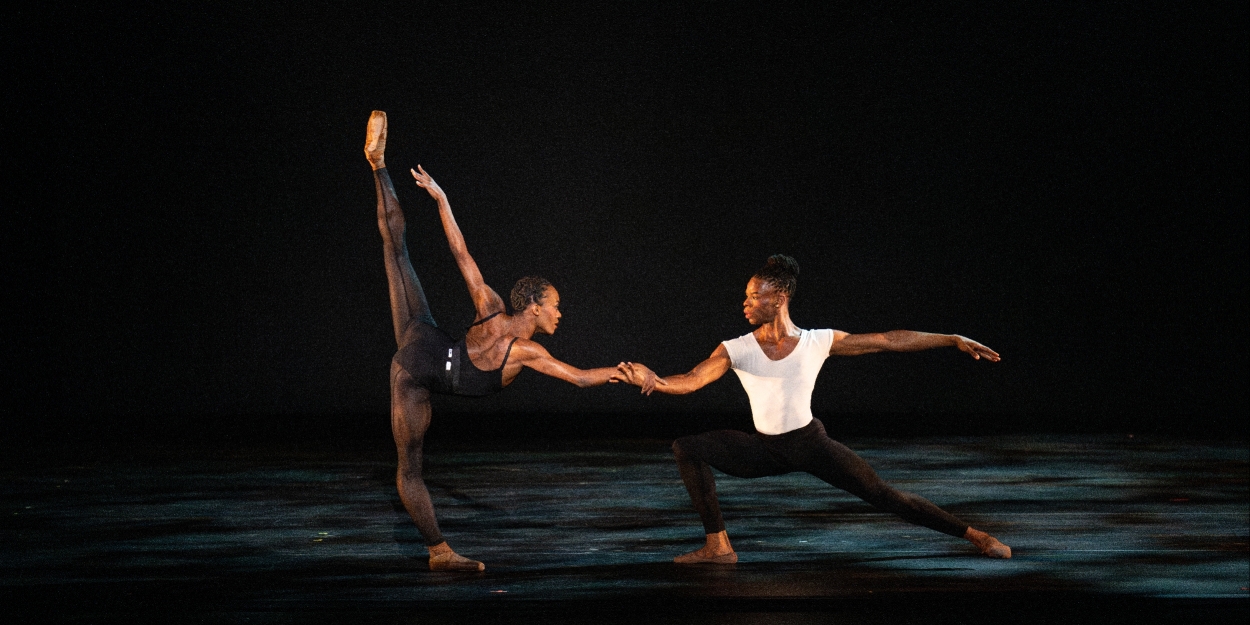Review: PATHWAYS TO PERFORMANCE at Kennedy Center
A too-short ballet festival at The Kennedy Center of outstanding new works

Great dancers elevate the quality of even the dullest dances, so when great dancers are given great material to perform, the results are breathtaking.
Tuesday’s Pathways to Performance: Exercises in Reframing the Narrative was promoted as an experimental laboratory or set of exercises culminating in a performance. Black choreographers were given the time, funding and space to create new or set existing work on Black ballet dancers. Given the focus on the process, I did not expect to see fully-realized performances. Boy, was I wrong!
This two-day festival was curated by Theresa Ruth Howard, founder of Memoirs of Blacks in Ballet (MoBBallet) and its Pathways to Performance Choreographic Program. Howard is a powerhouse champion for Black voices in ballet and is committed to providing meaningful opportunities for Black choreographers to develop and present new ballet work.
Dancers from esteemed companies such as BalletMet, Kansas City Ballet, Pacific Northwest Ballet and more performed five works by five different choreographers, including three world premieres.
Kiyon Ross’ Quick Pleasure, a world-premiere duet for Ashton Edwards and Zsilas Michael Hughes of Pacific Northwest Ballet, demonstrated range and mastery of neoclassical ballet. This Kennedy Center-commissioned work should be produced by top companies as a vehicle for their stars as it’s both fresh and captivating. The dancers excelled at the fleet footwork and Edwards especially used their strong Balanchine training to push the limits of every turn and piqué to allow themself to be off balance for a moment before deftly retaking control. The choreography presented opportunities for humor and humanity, which are often sorely lacking in ballet.
Jennifer Archibald’s Home, also commissioned by the Center, showed similarly impressive range and ingenuity, asking for softness and sharpness from the dancers, upending notions of what a ballerina should dance like and how a cavalier must showcase her. This premiere was developed over a recent two-week residency at the Center and included music by Composer-in-Residence Carlos Simon. Festival Lighting Designer and Director Pamela Hobson’s work added depth to all of the works, creating vivid and distinct worlds for each piece.
Ballet remains a predominantly white artform, and choreographic commissions are typically given to white dancers, most often white men. The essential laboratory Howard has created can easily be promoted by other arts institutions and funders, but I hope the Kennedy Center will continue its close involvement so DC audiences can benefit.
As audience members we don’t see the artistic process aside from what ends up on stage, but Howard’s perspective is that if we start by centering Blackness and create work in a supportive, inclusive, less hierarchical environment, we’ll get better outcomes. Those outcomes hopefully include more opportunities for Black choreographers and ballet dancers but at a minimum they already include outstanding performances.
The festival ran from Tuesday, July 2 - Wednesday, July 3 in the Eisenhower Theater.
Runtime: 1 hour and 45 minutes, with one 15-minute intermission.
Photo Credit: Ashton Edwards and Zsilas Michael Hughes in Donald Byrd’s From Other Suns. By Shoccara Marcus, @shocphoto.
Reader Reviews

Videos

